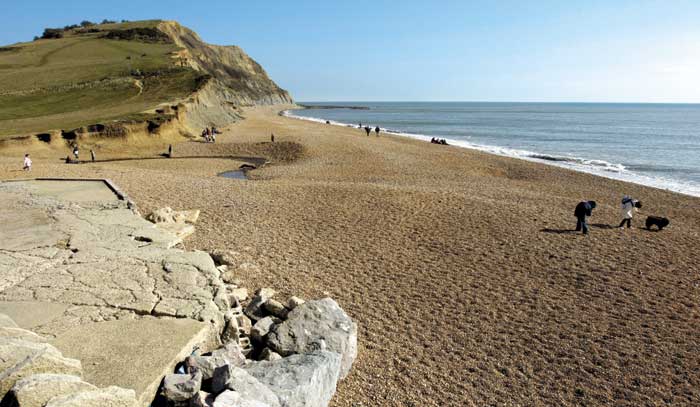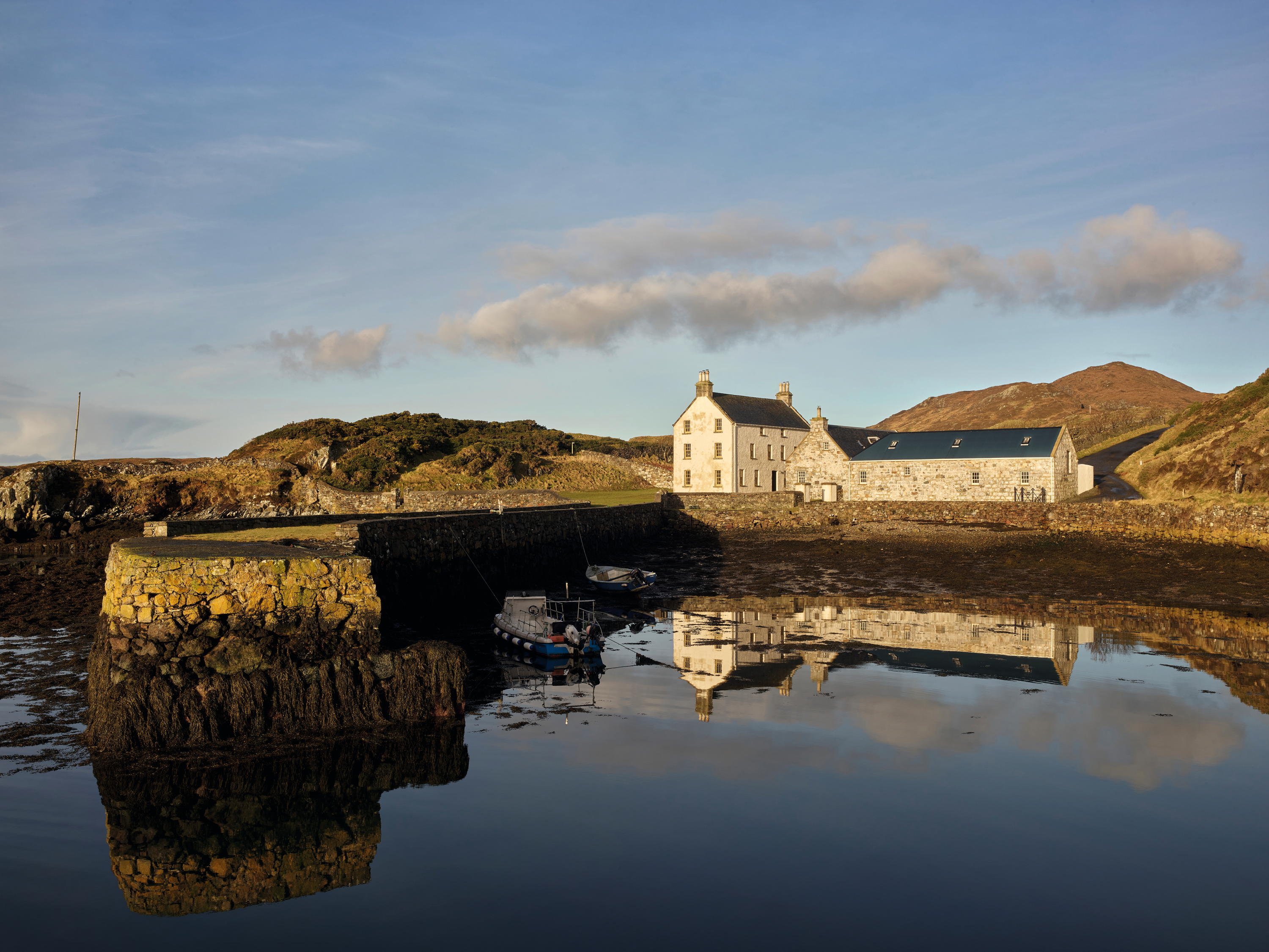Sensitive coastal path promised
Coastal path ‘will not go through private gardens’ promises Natural England


The controversial path that will give walkers a seamless route around England’s shores will be installed as sensitively as possible, promises Natural England’s (NE) acting chairman Poul Christensen. ‘This is a visionary and iconic scheme, but it needs to be agreed and negotiated at a local level,’ he says. ‘We have to respect landowners’ rights and privacy, and that is how we intend to proceed.’
The coastal path won’t go through private gardens, although it will pass through golf courses and farmland, and officials will ‘walk the course’ beforehand with landowners, who have power of appeal if they feel it adversely affects their businesses.
Work begins next year on the path, part of the Marine and Coastal Access Bill, and will cost £50 million over 10 years. The good news is that responsibility for maintenance lies with the 53 local authorities involved and NE, and landowners shouldn’t face liability for accidents that occur on it. The route will, at times, have ‘significant inland diversion’ where topography makes coastal access impossible, such as steep, wooded cliffs, rocky beaches, industrial, power and MoD sites, and during temporary closures of sensitive bird conservation sites, such as the East Anglian wetlands.
The ‘roll-back’ clause is key: if an area of coastal path becomes eroded, as in the case of the Yorkshire and Humber region where nearly 50% of the coast is expected to be affected by 2030, the route may be moved inland automatically instead of being negotiated legally.
However, landowners are questioning its necessity. NE’s audit of coastal access says there is no satisfactory or legally secure access to 34% 921 miles of coast. But the remit doesn’t cover ‘access to the access’ how the public will actually get to the path in places; some of the coastline in the South-West is reached by steep, narrow lanes, which can’t handle increased traffic, or no lanes at all.
Also, the CLA says NE’s map doesn’t reflect access voluntarily provided by landowners this is included in the red ‘unsatisfactory’ zones. CLA president Henry Aubrey-Fletcher says: ‘It would have been better if the Government had instead done more to improve the quality of existing access, such as the provision of car parks and loos.’ The NFU points out that there is usually a good reason for gaps in coastal access.
Meurig Raymond says: ‘Resources would be better spent plugging gaps in existing popular areas. We’re unconvinced there is a strong public desire for the blanket provision of access; transport to and from, and facilities at, the coast are often a bigger problem. There’s still some way to go before the Bill can provide all the reassurances needed by farmers.’
Sign up for the Country Life Newsletter
Exquisite houses, the beauty of Nature, and how to get the most from your life, straight to your inbox.
* For more news stories like this every week, subscribe and save
Country Life is unlike any other magazine: the only glossy weekly on the newsstand and the only magazine that has been guest-edited by HRH The King not once, but twice. It is a celebration of modern rural life and all its diverse joys and pleasures — that was first published in Queen Victoria's Diamond Jubilee year. Our eclectic mixture of witty and informative content — from the most up-to-date property news and commentary and a coveted glimpse inside some of the UK's best houses and gardens, to gardening, the arts and interior design, written by experts in their field — still cannot be found in print or online, anywhere else.
-
 Alan Titchmarsh: 'It’s all too easy to become swamped by the ‘to-do’ list, but give yourself a little time to savour the moment'
Alan Titchmarsh: 'It’s all too easy to become swamped by the ‘to-do’ list, but give yourself a little time to savour the moment'Easter is a turning point in the calendar, says Alan Titchmarsh, a 'clarion call' to 'get out there and sow and plant'.
By Alan Titchmarsh
-
 Rodel House: The Georgian marvel in the heart of the Outer Hebrides
Rodel House: The Georgian marvel in the heart of the Outer HebridesAn improving landlord in the Outer Hebrides created a remote Georgian house that has just undergone a stylish, but unpretentious remodelling, as Mary Miers reports. Photographs by Paul Highnam for Country Life.
By Mary Miers